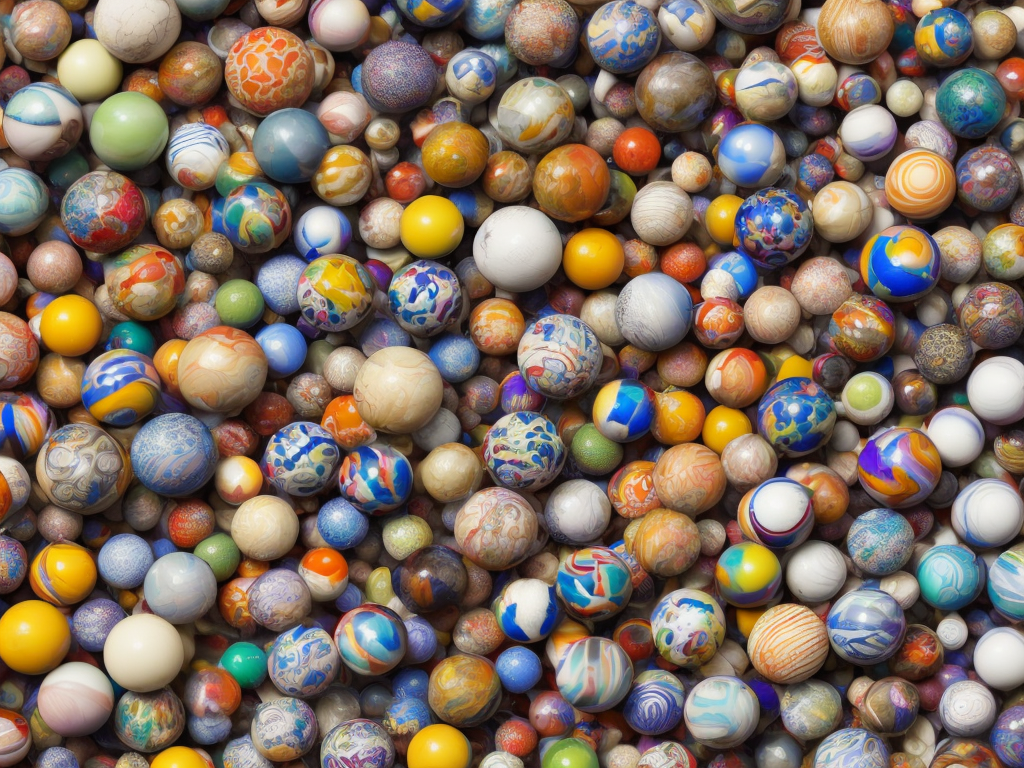
Permutations and combinations are mathematical concepts that describe the possible ways in which a set of elements can be arranged. These concepts are widely used in various fields, including mathematics, statistics, physics, engineering, and computer science. Although they are often used interchangeably, permutations and combinations are distinct concepts with different applications and properties.
Permutations refer to the arrangement of a set of elements in a specific order. In other words, permutations are all the possible rearrangements of a set of distinct items without repetition. For example, suppose we have the set {A, B, C}. The possible permutations of this set are ABC, ACB, BAC, BCA, CAB, and CBA. Notice that each of these permutations is unique and that no two arrangements are the same.
Combinations, on the other hand, refer to the selection of a subset of elements from a larger set without regard to the order of the selected elements. In other words, combinations are all the possible ways of selecting a specific number of elements from a set without repetition. For example, if we have the set {A, B, C}, the possible combinations of this set are {A}, {B}, {C}, {A, B}, {A, C}, and {B, C}.
To understand the difference between permutations and combinations, consider the following example. Suppose a teacher has a set of five question papers, and he wants to select two papers to use for an exam. If he is interested in the order in which the papers are selected, he is dealing with permutations. If he only cares about which two papers are selected and not their order, he is dealing with combinations.
Permutations and combinations have different formulas that determine the total number of possible arrangements or selections. These formulas are based on the principles of factorial and combinations.
Factorial is a mathematical function that multiplies a given number by all the positive integers that are smaller than it. For example, 5! = 5 x 4 x 3 x 2 x 1 =120. In permutations, factorial is used to calculate the total number of arrangements of a set of n distinct items. The formula for the number of permutations of n items taken r at a time is given by:
nPr = n!/(n-r)!
Where n is the total number of items, and r is the number of items being arranged.
For example, if we have the set {A, B, C}, the number of permutations of this set taken two at a time is given by:
3P2 = 3!/(3-2)! = 3!/1! = 6
This means that there are six possible arrangements of the set {A, B, C} taken two at a time: AB, AC, BA, BC, CA, CB.
Combinations, on the other hand, use a different formula that is based on the principle of combinations. In combinations, the order of the selected items is not important. The formula for the number of combinations of n items taken r at a time is given by:
nCr = n!/(r!(n-r)!)
Where n is the total number of items, and r is the number of items being selected.
For example, if we have the set {A, B, C}, the number of combinations of this set taken two at a time is given by:
3C2 = 3!/(2!1!) = 3
This means that there are three possible combinations of the set {A, B, C} taken two at a time: {A, B}, {A, C}, and {B, C}.
One important difference between permutations and combinations is that the total number of permutations is always greater than or equal to the total number of combinations. This is because permutations take into account the order of the selected items, while combinations do not. In our previous example, the number of permutations of the set {A, B, C} taken two at a time was six, while the number of combinations was only three.
Another difference between permutations and combinations is their use in different scenarios. Permutations are typically used when dealing with scenarios where the order of the selected items matters or when the items are distinct. For example, the arrangement of numbers on a lottery ticket, the selection of winners in a competition or the seating arrangement of people in a theater are all examples where permutations are used.
Combinations, on the other hand, are used when we are interested in the number of ways in which we can select a specific number of items from a set without regard to their order. For example, the selection of items to be used in statistical sampling, the number of ways in which a committee can be formed or the number of combinations of letters that can be formed from a set of words are all examples where combinations are used.
In conclusion, permutations and combinations are mathematical concepts that describe the possible ways in which a set of elements can be arranged or selected. Although they are often used interchangeably, they are distinct concepts with different applications and properties. Permutations deal with the arrangement of items in a specific order, while combinations deal with the selection of items without regard to their order. The formulas used to calculate these two concepts are based on the principles of factorial and combinations, respectively. By understanding the difference between permutations and combinations and their uses, we can apply them appropriately in various scenarios and solve complex problems.
 Self-Instruct
Self-Instruct